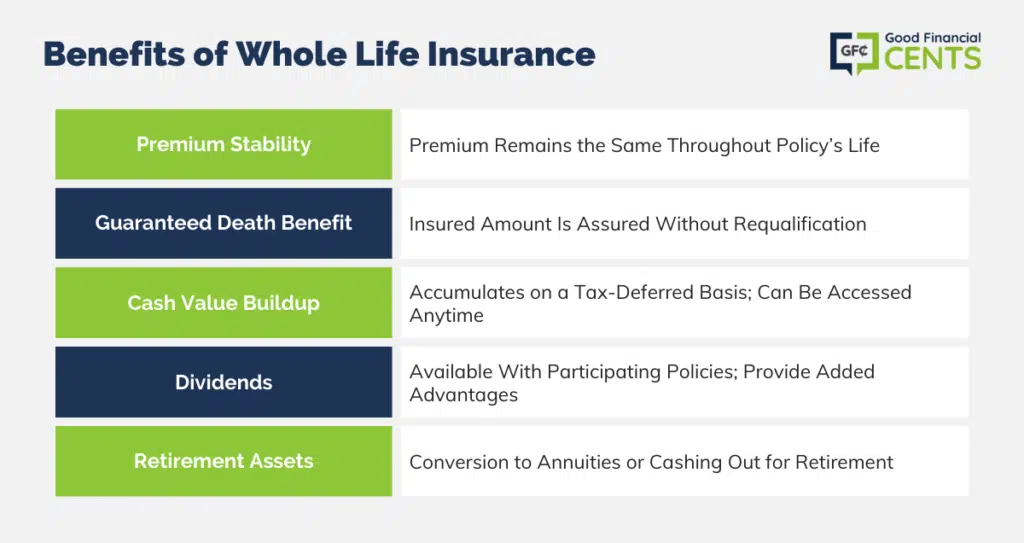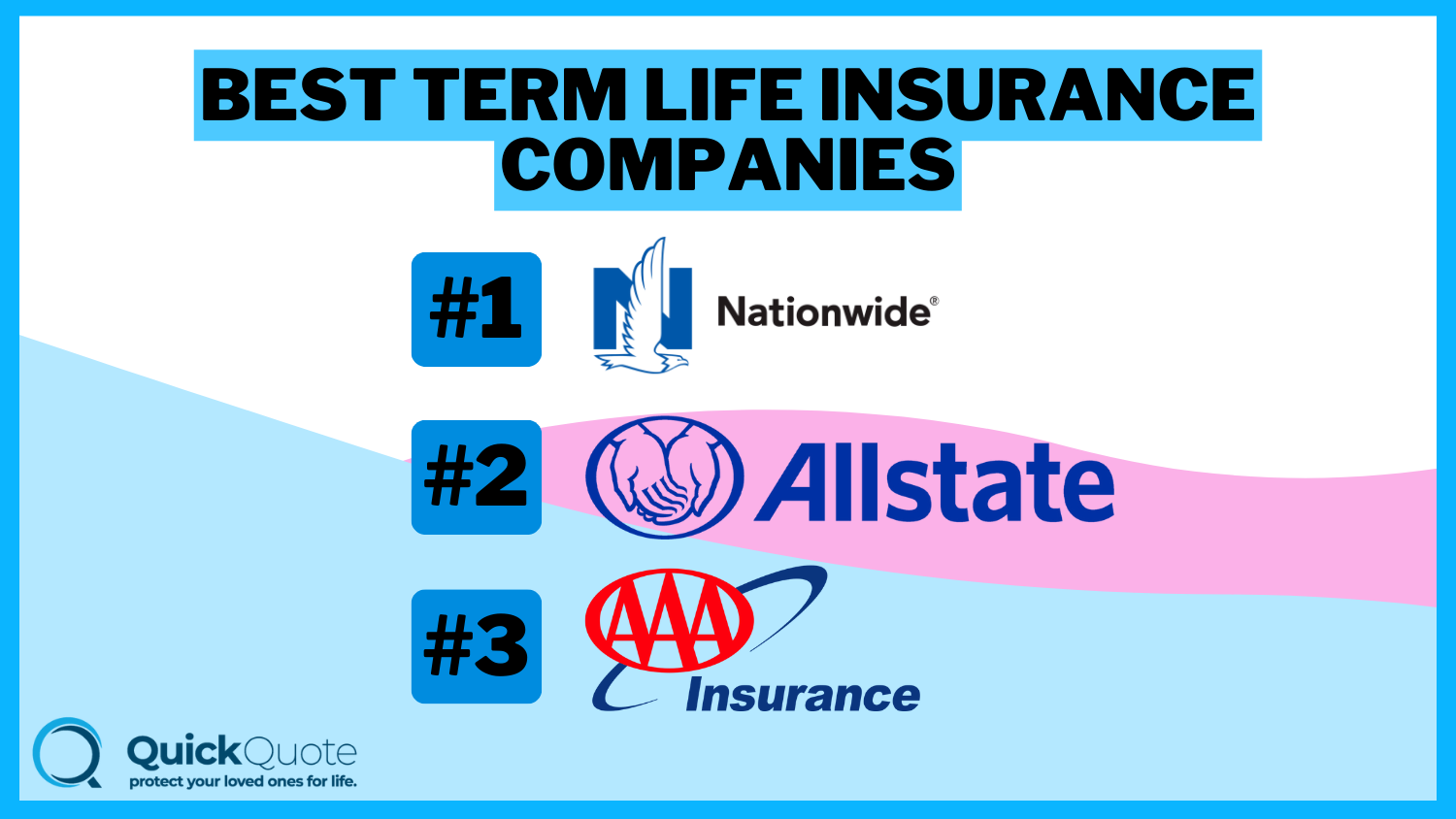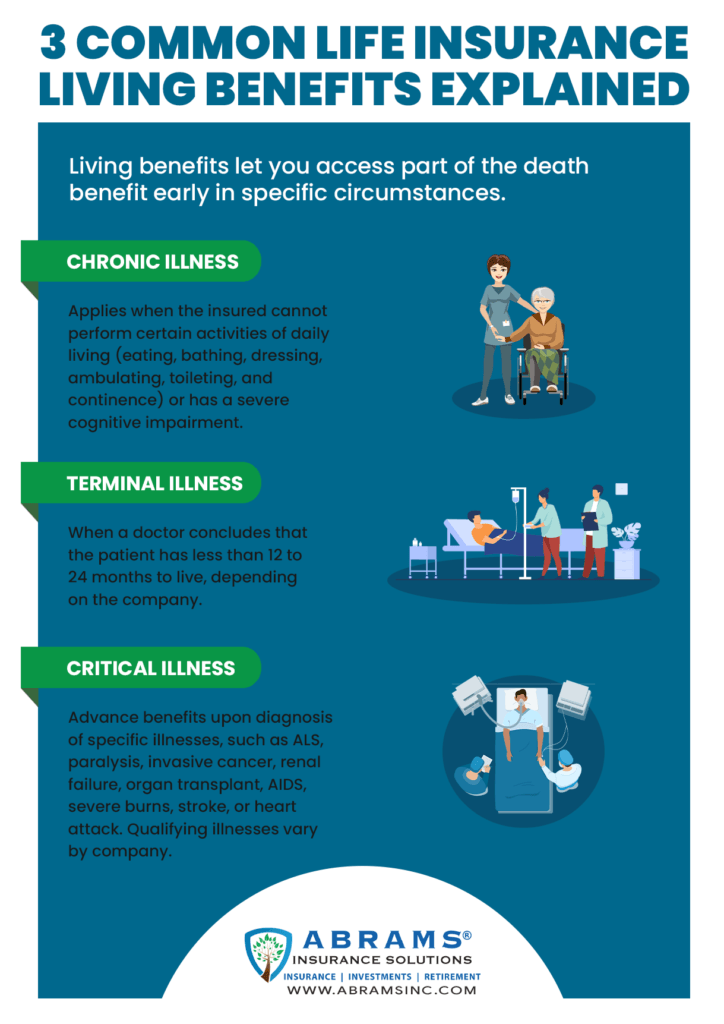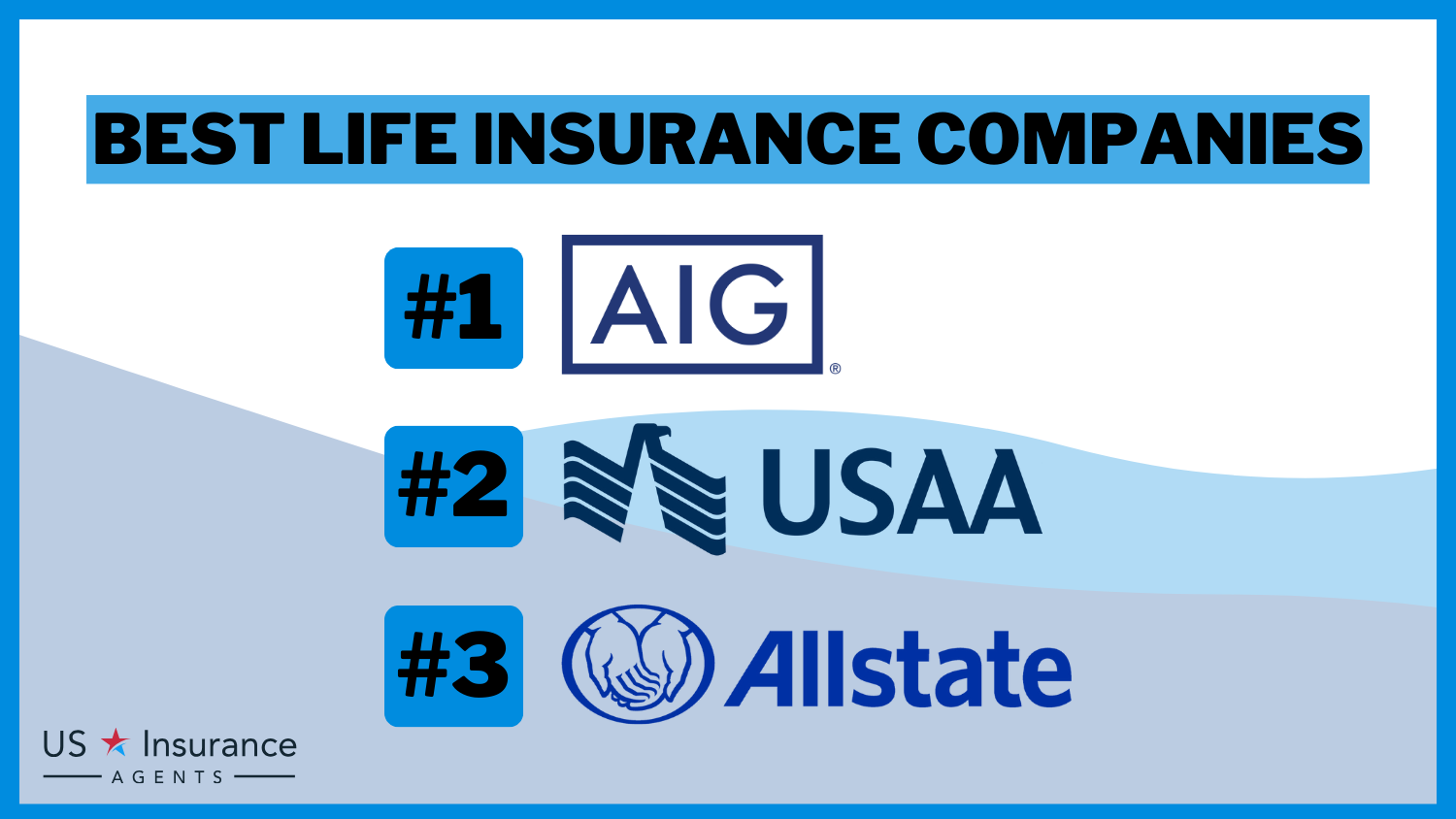Going to Court After a Car Accident
Going to court is a significant step after a car accident. It’s understandable to feel overwhelmed, but don’t let that deter you. With the right preparation and insights, you can navigate the process and maximize your chances of a favorable outcome.
Understanding the Process
The court process involves several stages. You’ll likely start by filing a complaint outlining your case and the damages you’re seeking. The other party (defendant) will respond, and both sides will exchange information through a process called discovery. This may include depositions, where you’ll answer questions under oath, and interrogatories, where you’ll submit written responses to questions.
If a settlement can’t be reached, the case will proceed to trial. You’ll present evidence to support your claims, and the defendant will do the same. The jury or judge will ultimately decide who is at fault and award damages as they see fit.
Building Your Case
To build a strong case, gather as much evidence as possible. This can include photos of the accident scene, medical records, police reports, and witness statements. It’s also crucial to document your pain and suffering, expenses, and lost wages. If possible, hire an experienced attorney who can guide you through the process, help you understand the legal jargon, and maximize your compensation.
Preparing for Court
Preparation is key to success in court. Rehearse your testimony, being clear, concise, and truthful. Familiarize yourself with the evidence and be prepared to answer questions from the other side. A well-prepared witness is a credible witness.
Presenting Your Case
When presenting your case, don’t hold back. Tell your story in a compelling way, emphasizing the impact the accident has had on your life. Be respectful of the jury or judge, but don’t hesitate to advocate for yourself. Remember, you’re not just seeking financial compensation but also justice for the wrongs you’ve suffered.
Going to Court After a Car Accident: What to Expect
After a car accident, you may be facing the prospect of going to court. This can be a daunting experience, but it’s important to remember that you’re not alone. Countless people have been in your shoes, and there are resources available to help you navigate the legal process.
If you’re considering going to court after a car accident, there are a few things you should keep in mind. First, you need to gather as much documentation as possible about the accident.
Preparing for Court
The key to a successful outcome in court is preparation. The more prepared you are, the more confident you will be and the better your chances of presenting your case effectively.
Documentation
One of the most important things you can do to prepare for court is to gather as much documentation as possible about the accident. This includes medical records, police reports, witness statements, and any other relevant documents.
Medical records will document your injuries and the treatment you received. Police reports will provide an official account of the accident, and witness statements can corroborate your version of events.
Practice Your Testimony
Once you have gathered your documentation, it’s important to practice your testimony. This will help you to organize your thoughts and present your case in a clear and concise way.
When practicing your testimony, try to anticipate the questions that the other side may ask you. Think about how you will answer these questions and be prepared to provide specific examples and evidence to support your claims.
Going to court after a car accident can be a daunting experience, but it’s important to remember that you’re not alone. With careful preparation, you can present your case effectively and increase your chances of a successful outcome.
Going to Court After a Car Accident: A Step-by-Step Guide
Car accidents can be disorienting and overwhelming, leaving you with injuries, property damage, and potentially overwhelming medical bills. If you’ve been injured in a car accident, you may be considering going to court to seek compensation for your damages. While this can be a daunting process, it’s important to understand your rights and options.
Understanding Court Procedure
Before you step into the courtroom, familiarize yourself with the court rules and procedures. Each jurisdiction has its own set of laws and regulations governing courtroom conduct. By understanding these rules, you can avoid procedural errors and present your case in a timely and organized manner.
-
Preparing Your Case
To prepare for court, you’ll need to gather all relevant evidence, including medical records, police reports, and witness statements. Make sure you have a clear understanding of your injuries, your recovery process, and the extent of your damages. If possible, seek guidance from an attorney who can help you understand the legal process and protect your rights. -
Filing a Complaint
The first step in going to court is filing a complaint. This document outlines your claims and the relief you’re seeking. The complaint must be filed within a specific time frame, so it’s important to act promptly. -
Civil Procedures
Car accident cases are typically handled through civil procedures, which differ from criminal cases. In a civil case, the plaintiff (the injured party) is seeking to recover damages from the defendant (the party responsible for the accident). The burden of proof lies with the plaintiff, who must prove their case by a preponderance of the evidence. -
Discovery
Once the complaint has been filed, both parties have the right to request discovery. This process involves exchanging information and documents related to the case. Interrogatories, depositions, and document requests are commonly used in discovery. -
Settlement Negotiations
Before the case goes to trial, the parties may attempt to reach a settlement. Settlement negotiations can help avoid the time and expense of a trial. However, it’s important to weigh the pros and cons of settlement carefully before accepting any offers. -
Trial
If settlement negotiations are unsuccessful, the case will go to trial. During the trial, each side will present their evidence and arguments before a judge or jury. The judge or jury will then determine whether the defendant is liable for the plaintiff’s injuries and, if so, what damages should be awarded.
Going to court after a car accident can be a challenging and stressful experience. By understanding the legal process and preparing your case thoroughly, you can increase your chances of a successful outcome.
Going to Court After a Car Accident
Going to court after a car accident can be a daunting experience. However, it’s important to know what to expect and to have a solid plan to present your case. If you’re prepared, you’ll be more likely to get a fair outcome.
Gathering Evidence
The first step in preparing for court is to gather all relevant evidence. This includes:
- Your medical records: These records will document your injuries and how they’ve impacted your life.
- Photographs of the accident scene: These photographs will help you prove how the accident occurred and who was at fault.
- Witness statements: Statements from witnesses who saw the accident can provide valuable evidence about what happened.
- Police report: The police report will contain important information about the accident, such as the location and time of the incident, as well as the names of the drivers involved.
Presenting Your Case
Once you have gathered your evidence, you need to present it clearly and persuasively to the jury. This means preparing a strong opening statement, presenting your evidence, and cross-examining the other party’s witnesses.
Opening Statement: The opening statement is your chance to tell the jury what your case is about and why you deserve to win. Be clear, concise, and persuasive.
Presenting Evidence: When presenting evidence, be sure to do so in a way that is both clear and compelling. Use visual aids, such as charts and graphs, to help the jury understand your evidence.
Cross-Examination: Once the other party has presented its case, you will have the opportunity to cross-examine their witnesses. Cross-examination is a chance to challenge the other party’s evidence and to highlight any weaknesses in their case.
Closing Argument: The closing argument is your chance to summarize your case and to remind the jury why you deserve to win. Be persuasive and passionate, but avoid being overly emotional.
Tips for Going to Court
- Dress professionally to make a good impression on the jury.
- Be on time for all of your court appearances.
- Be respectful to the judge, the jury, and the other party.
- Tell the truth and be prepared to answer questions honestly.
- Don’t be afraid to ask for help from your attorney if you need it.
Going to court after a car accident can be a challenging experience, but it’s important to remember that you’re not alone. With the right preparation, you can present a strong case and get the justice you deserve.
Going to Court After a Car Accident: What You Need to Know
Getting into a car accident is a traumatic experience, both physically and emotionally. Dealing with the aftermath, such as property damage, medical bills, and lost wages, can be overwhelming. If you’re considering going to court after a car accident, it’s crucial to understand the process and your options.
This article will provide you with essential information to help you navigate the legal process and make informed decisions about your case. We’ll cover the steps involved in going to court, what to expect during the trial, and strategies for negotiating and settlement.
Negotiating and Settlement
Exploring Your Options
In many cases, you can reach a settlement with the other party without going to trial. This can be a quicker and less stressful option, and it can save you money on legal fees. However, it’s important to carefully consider your options and ensure that you’re getting a fair settlement.
Strengths and Weaknesses
Before you start negotiating, it’s helpful to assess the strengths and weaknesses of your case. This will give you a better idea of what you can realistically expect to recover. Consider factors such as the severity of the accident, the extent of your injuries, and the other driver’s liability.
Negotiation Strategies
Negotiating a settlement is a delicate process. There are a few key strategies you can employ to increase your chances of success. First, be prepared to compromise. You’re unlikely to get everything you want, so be willing to meet the other party halfway.
Be open and honest about your needs and limitations. Don’t try to hide anything or exaggerate your injuries. The other party will be more likely to trust you and negotiate in good faith if they believe you’re being truthful.
Be patient and persistent. Negotiations can take time, so don’t get discouraged if you don’t reach an agreement right away. Keep communicating with the other party and be willing to adjust your demands as necessary. Just like a game of chess, sometimes you must make strategic sacrifices to gain an advantage later on.
With careful planning, effective negotiation, and maybe a little bit of luck, you can resolve your case without setting foot in a courtroom. However, if negotiations fail or the other party is unwilling to offer a fair settlement, you may need to consider going to court to protect your rights and get the compensation you deserve.
Going to Court After a Car Accident
Been in a car accident? Wondering what to do next? One potential step is going to court. This article will provide an overview of the process, from filing a complaint to going to trial.
Filing A Lawsuit
The first step is to file a lawsuit. This document outlines your claims against the other driver and the damages you are seeking. You can hire a lawyer to help you with this process.
Discovery
Once a lawsuit has been filed, the discovery process begins. This is where both sides exchange information and documents related to the case. This can include things like medical records, witness statements, and insurance policies.
Settlement Negotiations
In many cases, the parties will try to reach a settlement agreement before going to trial. This can involve negotiating with the other driver’s insurance company. If a settlement can be reached, it will avoid the need for a trial.
Trial
If a settlement cannot be reached, you will proceed to trial. This is where a jury or judge will determine the outcome based on the evidence presented. The trial process can be long and complex, so it is important to be prepared.
Evidence
The evidence presented at trial will play a critical role in determining the outcome. This can include things like witness testimony, medical records, and accident reports. Your lawyer will help you gather and present the evidence in a way that is favorable to your case.
Going to Court After a Car Accident: Navigating the Legal Maze
Experiencing a car accident can be a life-altering event, leaving victims with not only physical injuries but also a complex legal landscape to navigate. If you’ve been involved in an accident, it’s crucial to understand your rights and options. This article aims to provide a comprehensive guide to navigating the legal process after a car accident, including how to prepare for court, the steps involved, and your rights to appeal.
Deciding Whether to Take Legal Action
After a car accident, the first step is to assess if legal action is right for you. Consider your injuries, the extent of the damages, and the other driver’s negligence. If you believe you have a strong case and have sustained significant damages, consulting an attorney may be a wise decision.
Preparing for Court
Once you decide to pursue legal action, it’s essential to prepare thoroughly. Gather all relevant documents such as medical records, insurance information, and police reports. Prepare a clear and concise account of the accident, including the date, time, location, and any witnesses. Consider hiring an accident reconstruction expert to analyze the scene and provide an unbiased opinion.
The Court Process
Attending court for a car accident case can be intimidating. The process typically involves filing a complaint, exchanging discovery documents, and attending pre-trial hearings. During the trial, the plaintiff (injured party) presents their case, followed by the defendant (at-fault party). The jury or judge will then determine liability and award damages.
Settlement Negotiations
In many cases, car accident lawsuits are settled out of court through negotiations between the parties’ attorneys. Settlements can offer a quicker and less stressful resolution than a trial. However, it’s crucial to fully understand the terms of any settlement agreement before signing.
Appealing a Verdict
If you are dissatisfied with the verdict, you may have the right to appeal the decision within a specific timeframe. The appellate court will review the lower court’s decision and determine if any errors of law were made. Appeals are complex and require a highly specialized attorney.




Leave a Reply